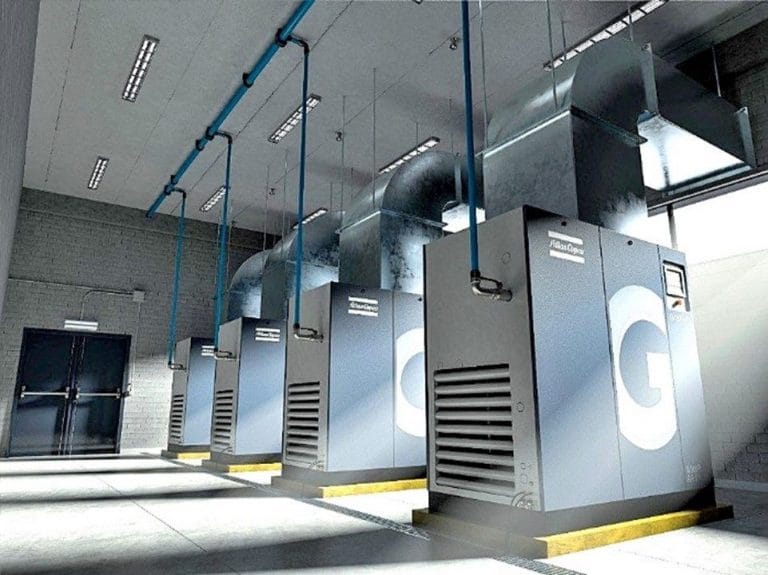

#Sucking in air at the exhaust pro
Work Rig ‖ ThreadRipper 3970X ‖ Asus Prime TRX40 Pro ATX ‖ G.Skill RipjawsV 8x32GB 3200Mhz CL16 ‖ Nvidia Quadro RTX 6000 24GB ‖ Corsair HXi 1000W ‖ EVGA CLC 360 AIO ‖ 8x Sabrent Rocket 2TB w/ 2x Asus Hyper m.2 V2 ‖ Arctic P12 Fans ‖ Phanteks P400A ATX Mid Tower NEWCOMERS Remember to ' Reply ' to comments in order for people to see them, this is done by clicking the arrow icon at the bottom of a comment (Quote).īlueberry Pi ‖ R9 3950X ‖ Asus X470 ROG Crosshair VII Hero Wi-Fi ATX ‖ Corsair Vengeance RGB Pro 4x16GB 3200MHz CL16 ‖ EVGA GTX 1080Ti SC Black Edition 11GB ‖ EVGA P2 850W w/ Blue Sleeved Cables ‖ Cryorig R1 Universal (Blue) ‖ 2x Corsair Force MP510 4TB w/ Asus Hyper m.2 V2 ‖ Corsair ML Pro Blue LED Fans ‖ Fractal Design Meshify C TG ATX Mid Tower ‖Īsus ROG SWIFT PG348Q 100Hz IPS G-Sync UW ‖ Dell UltraSharp U3419W 60Hz IPS UW ‖ Custom TOFU96 ‖ Corsair Scimitar Pro RGB And with that said I haven't really checked my GPU temps, so I am not sure if it is running hotter now that my rad is placed as front intake.ĪMD Motherboard Tier List ‖ GPU Cooling Tier List ‖ PSU Tier List ‖ A Dive Into Custom Keyboards & Mechanical Switches But again I think the case has a greater affect on temps than anything else. But in cases with perforated/mesh front panels that promote good airflow the rad is best put upfront for intake.įor my one system I moved cases, in the previous setup I had the rad at the top set to exhaust, and when I recently moved that system to a new case (Thermaltake H18) with a perforated front panel I saw CPU temps drop by almost 10 degrees C, just by having my rad at the front of the case. I since added more fans so it is set to a push/pull config and temps while gaming are easily 10-15 degrees C lower than previously. I think the biggest difference is the case, cases with blocked front panels are terrible for air flow, so in that setup I would go with the rad at the top set to exhaust. I guess my tiny apartment room is just a really sh*tty environment for my desktop. You should be able to see and feel the air going in through both the HRV intake and exhaust vents.Deng, that's what I've seen too. If you want to verify that this is what is occurring, go ahead and turn your HRV off and turn the furnace blower on. Worst case scenario, you could be getting carbon monoxide and other exhaust fumes. Best case scenario, you might be getting dusty, dirty air. And because in most homes the HRV exhaust vent is placed right next to the furnace exhaust vent, this means you are not getting clean air. Whenever this happens, it is possible for air to be sucked in through the HRV exhaust vent. Here’s what is probably happening: the furnace blower is running but the HRV is not. They are most likely located right beside your air conditioner. Go outside and located your HRV vents.
#Sucking in air at the exhaust how to
Here’s how to check if your HRV might have this problem: However, if your HRV has been installed improperly, it could be sucking furnace exhaust straight back into your home, actually contaminating your indoor air rather than helping to clean and freshen it. Secondly, it includes a heat exchanger so that you are not introducing cold air to your cozy warm home in the wintertime. First of all, it includes filtration to prevent outdoor allergens such as pollen from getting into the home. It is better than simply opening a window for several reasons. This is often provided by a system known as an HRV or heat recovery ventilator, though the same basic system may also be called by a variety of other names such as air exchanger, whole house ventilator, or air-to-air heat exchanger.īy any name, this system is essential for providing fresh air to the home. In order to remove stuffy, dusty, humid air from the home and provide a supply of nice fresh air, some form of whole-home ventilation is needed. These days, new homes are built with very tight building envelopes, which is great for HVAC efficiency but not so great for air quality. New Air Conditioner Sales & Installation.


 0 kommentar(er)
0 kommentar(er)
